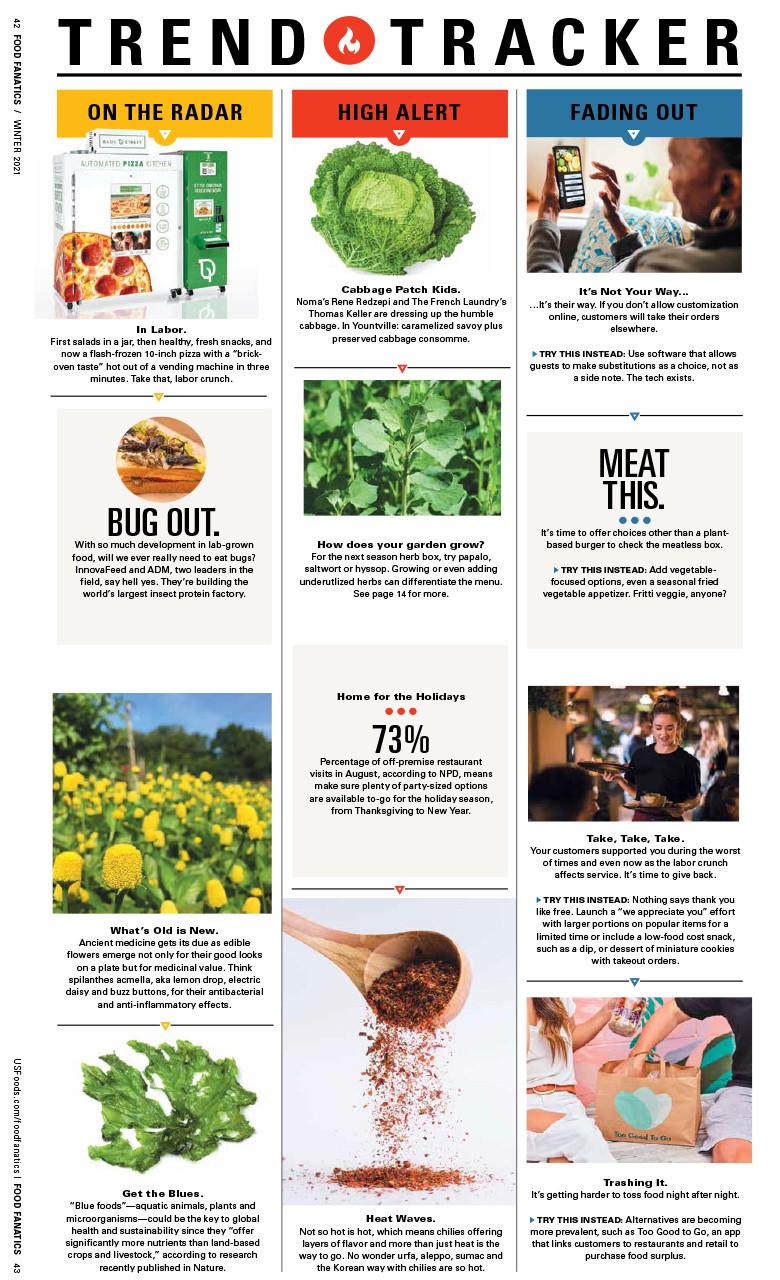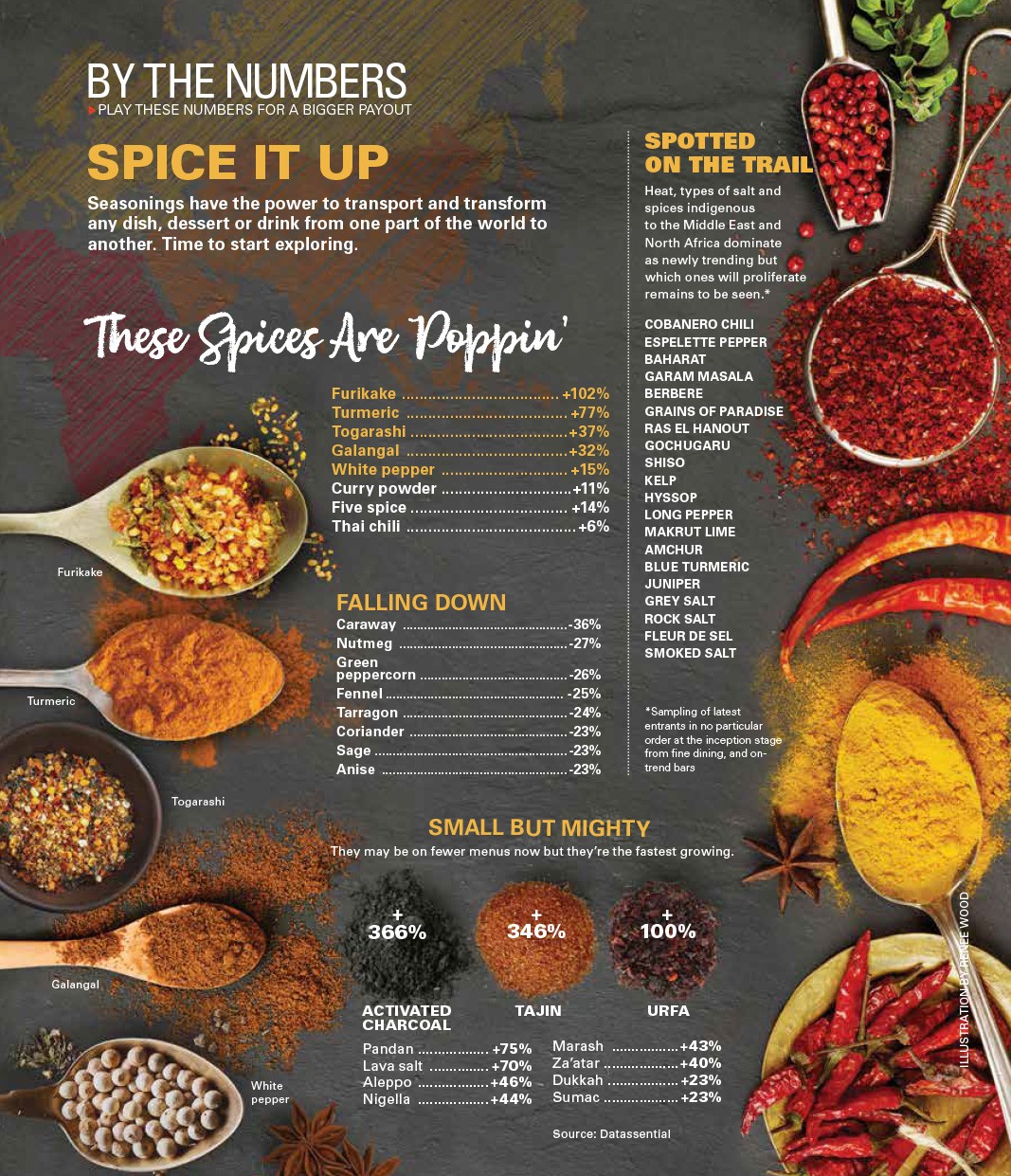Crack the Code
Unlock what a QR code can do for you
 A year into the COVID-19 pandemic, the QR code has become an unlikely hero for streamlining operations and solving business challenges.
A year into the COVID-19 pandemic, the QR code has become an unlikely hero for streamlining operations and solving business challenges.
“At first there was skepticism, as QR codes have been around for quite some time, but never really gained mass adoption,” says Kris Linney, director of brand development and partner success at Ritual, which creates digital ordering tools and marketing programs for restaurants. But “as restaurants rolled them out (during the pandemic) and they started to see adoption and ease of use, there has been extremely positive feedback.”
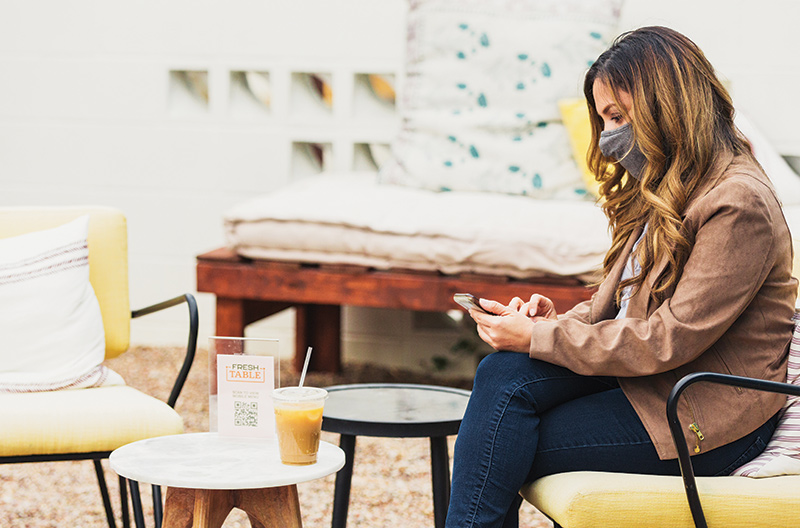
The need for operators to build trust, so that workers and diners would feel safe at restaurants, quickly led to renewed usefulness and mass adoption of QR codes. Most notably, they enabled touchless menus and payment without a server to perform the tasks. Operators, however, are learning that they can do much more – while software companies are finding that QR codes can serve as a tool for gathering and sharing just about any kind of data.
QR codes may also play a leading role in the rise of digital health passports that could benefit restaurants. Clear, a secure identification company, has partnered with lab test provider Quest Diagnostics to launch Health Pass, a mobile app that links an individual’s identity with health-related info, such as a recent COVID-19 test result or vaccination status. Union Square Hospitality Group, Dos Toros and Chop’t are among the partners set to use Health Pass in their restaurants.
“We will continue to see QR codes play a larger role within restaurants as they continue to adapt their businesses to best serve their guests,” Linney says.
Consider these ways QR codes can be instrumental in running your restaurant.
Improve Operations
- Ordering and paying through a QR code means guests do not need to wait for servers or cashiers, which can lead to faster service and table turns, as well as lower labor costs.
- Digital menus allows for a more agile menu mix. Removing items that don’t perform, adjustments to accommodate inventory, seasonality or specials can be made without the time investment and expense of printing new menus. Menus can be updated online and generate new QR codes.
- Changes in design, perhaps refocusing from weekday to weekend, approaches can be made online, and reflected with a new QR code.
- Contactless QR code apps can integrate with point of sales systems (POS) that can unlock a wealth of insights about diners and preferences, from what they order dining in to takeout choices.
Step Up Marketing
- Linking a QR code to Facebook, Instagram and other social media channels can increase your following, reaching new and current customers to build loyalty.
- A QR code can display photos of your food, but also provide an experience. Think of videos of your chef offering a cooking demonstration, a back-of-the-house tour of operations, or discussions with purveyors on how product is caught, grown or produced.
- Promotions and special offers can be offered and redeemed through a QR code.
- A QR code be a call to action (see following page) or a simple thank you for patronage.
QR Codes at Work
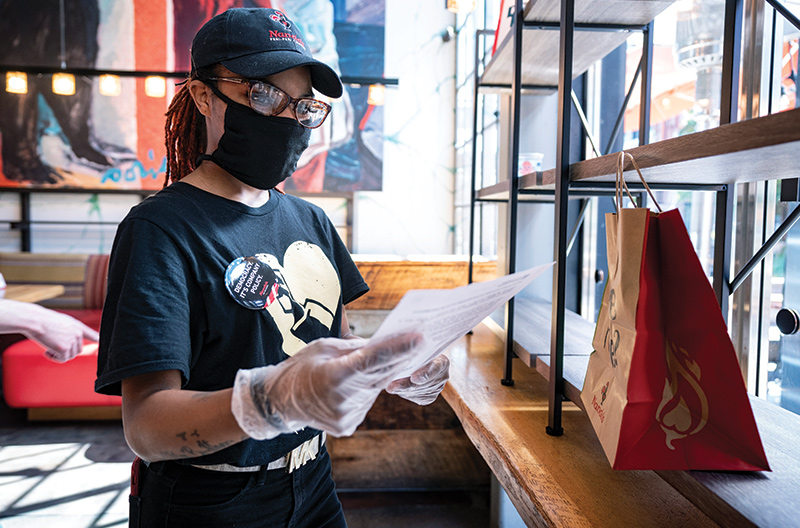
Think of QR codes beyond calling up a menu or displaying a payment method for the check. They can improve operations, as well as engage customers on a deeper level. For example, a QR code can link to a positive review of your restaurant, media mentions or even a page of feedback. More than ever, customers see restaurants as an extension of their community. Two more examples:
WHAT THEY DID: Used QR codes to help employees and customers register to vote in advance for the 2020 general election, proving that it can work with any cause. “We wanted to enable our own people and our customers to participate and get off the sidelines of democracy,” says Sepanta Bagherpour, chief brand officer.
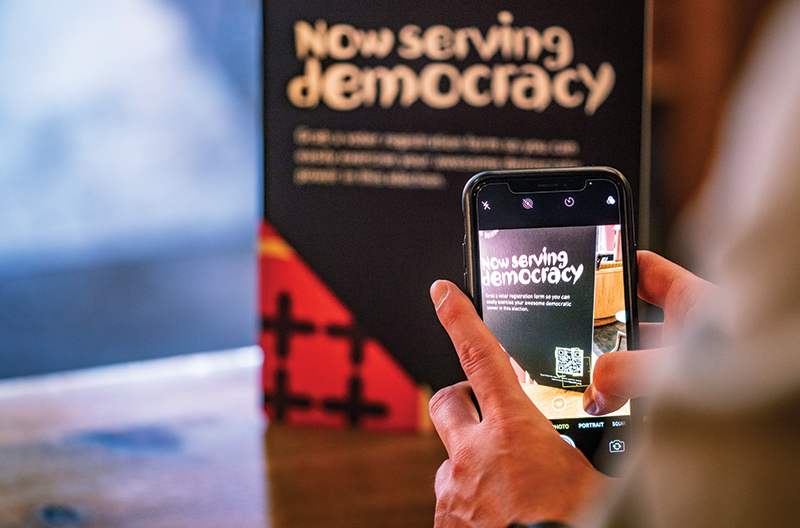
HOW IT WORKED: Staffers set up a virtual voting registration table at every location. “It would take you straight to your local voter registration resources,” Bagherpour says.
RESULTS: Press coverage and positive engagement on social media. “It worked for us from a marketing perspective, because people appreciate brands that stand up and stand out,” Bagherpour says. It also gave employees a much-needed morale boost. “We gave our people another kind of focus, something bigger than them to concentrate on to get through this time,” he says.
WHO: Drake’s: The Barn, a pizzeria and brewery in West Sacramento, California
WHAT THEY DID: Rolled out self-serve ordering using QR codes integrated with their POS system. With a sprawling 2.5-acre property with multiple outdoor spaces, including a lawn and beer garden, “the goal was to enable people to order from any part of the space, as well as be able to go up to the bar and order to alleviate that pressure,” says Amanda Martin, assistant general manager. “Long lines are never fun when you’re just trying to get a beer.”
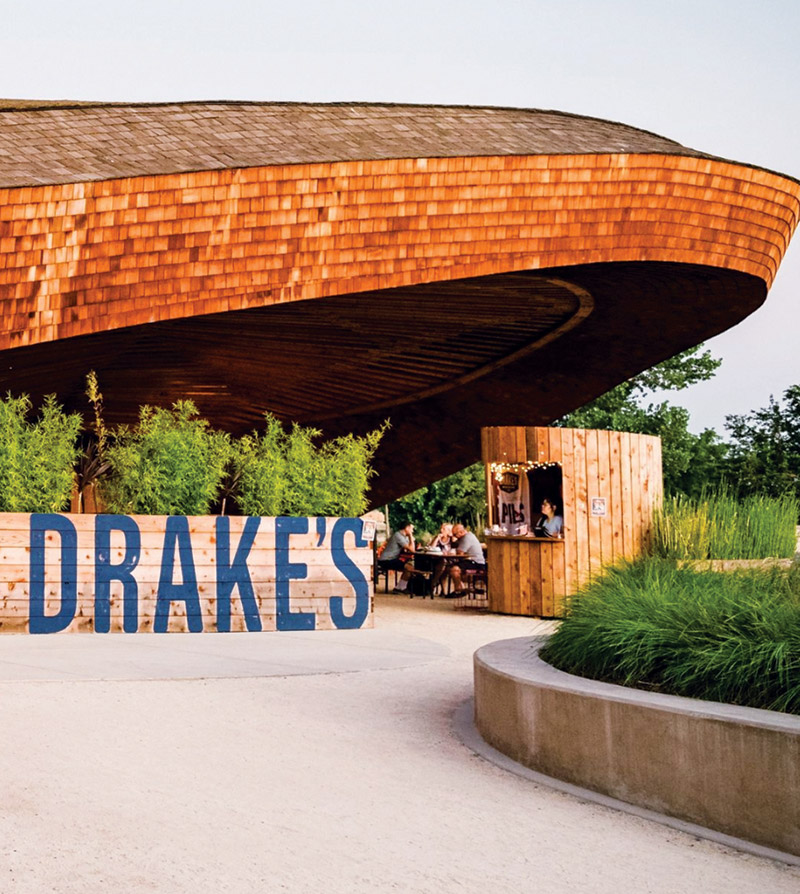
HOW IT WORKED: They printed, laminated and affixed the QR codes to each outdoor table, which worked well for a week until they bleached in the sun (making them often unreadable) and the laminate peeled (making them hard to properly sanitize). Switching to easy-to-clean, fade-resistant vinyl stickers fixed both issues.
RESULTS: Customers appreciate the option for contactless ordering and payment and an uptick in sales. “Because you can just grab your phone and add another beer whenever you’re ready, it avoids that feeling of, ‘My server took too long and I don’t feel like having another one,’” Martin says.
QUICK TIP
QR codes can be generated for free online or by subscribing to a service. Know that a static code can’t be changed, while a dynamic one can be altered and provide analytics. Be sure that the service has experience meeting the needs of restaurants.


